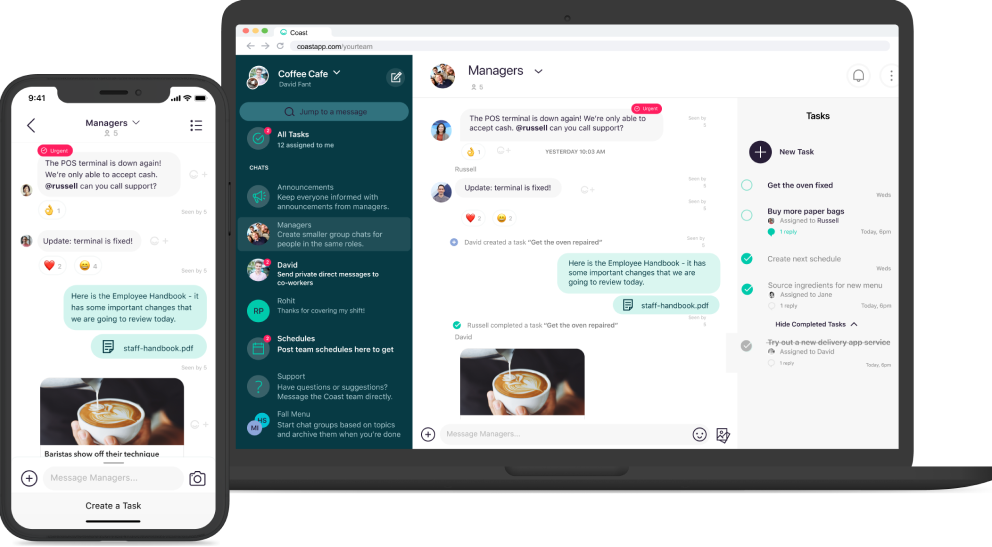Answer:
There are different loans available, administered by different organizations and with different terms for repayment and/or forgiveness. The first federal loan to be rolled out was the Economic Injury Disaster Loan (EIDL). This loan is applied for, and administered, directly by the Small Business Administration (SBA). The EIDL offers funding up to $2 million with interest rates of 3.75% for small businesses and 2.75% for non-profits, and has the most flexibility in terms of what the money can be used for. It can be used to pay fixed debts, payroll, accounts payable, and other bills that you are unable to pay as a direct result of COVID-19. As of now, the initial application for this loan requires less documentation than the PPP loan we discuss below.
If you are successful in getting this loan, you can apply for an advance of up to $10,000 which is supposed to be received within three days, however, we have yet to see anyone apply for this loan and receive funds that quickly. Additionally, this advance amount may be forgiven if you spend it on maintaining payroll (including health insurance, paid leave and other approved payroll costs), increased costs due to disruptions in your supply chain, mortgage or lease payments, or prepaying some debt obligations.
Repayment of the EIDL can be deferred for a full year from the date the loan is issued. Additionally, the SBA offers long-term repayment options to keep payments affordable, up to a maximum of 30 years. Finally, the CARES Act provides for the possibility of refinancing up to $10,000 of the EIDL loan by folding it into the PPP loan described below. Please see this page to learn more.
The loan that everyone is talking about is the Payroll Protection Program (PPP) loan, because it can be forgiven, provided you spend the funds on a very narrow set of costs. Unlike the EIDL, this loan is underwritten directly by individual financial institutions, meaning there is no central location to apply for the PPP, nor is there a single application, as most financial institutions have drafted their own application document. Because the banks are loaning their own money, which will be reimbursed by the federal government at a later date, they have been very slow in rolling out applications as they waited for clarifications and assurances from the feds that they would actually be repaid. Some smaller banks are not participating at all. Others would like to but have to be approved as lenders before they can start offering loans.
Finally, there are city and state loans and grants available, too numerous to mention here. We encourage you to review your local city and county websites for additional funding sources and their specific qualifications.
